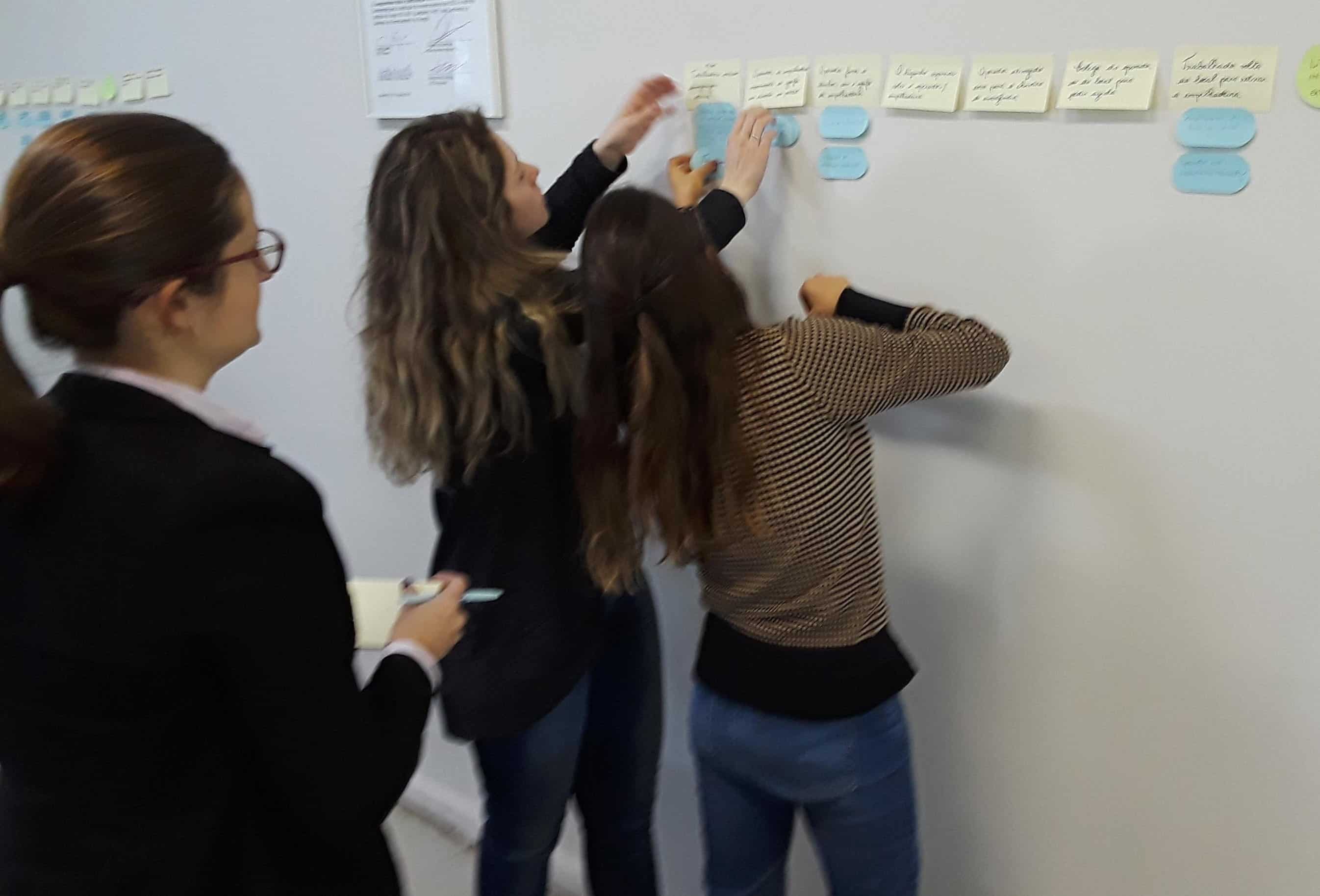How to Analyze and Fix Misunderstood Verbal Communication with TapRooT® RCA

Here is a great example of a communication breakdown between two or more people which caused a problem. It’s a fun story to tell after the fact. It did cause stress while it was happening.
I conducted an Advanced TapRooT® RCA Training for Team Leaders in Denmark last week. Part of the training is to find root causes for verbal communication problems. If someone makes a mistake because verbal communication wasn’t effective, TapRooT® RCA provides a framework for analyzing the miscommunication and finding the underlying root cause(s).
I want to thank Brit Olejasz for sharing this with me. She is a superstar and a Senior Site HSE Advisor in Denmark. She shared this story and the following picture. It’s a great example of miscommunication.
Lost in Translation
Brit called a bakery to order a cake for her daughter, Clara. The baker asked Brit, “What do you want on the cake?”
Brit’s verbal instructions were: “Please put Clara in icing, and congratulations on the belly.” And that is exactly what she got!!

The literal translation on the cake is: “Clara in glaze and congratulations on your stomach”
At the time, I’m sure it was stressful for Brit because she had to find a way to fix the problem in time for her daughter’s birthday.
We find the root cause(s) of mistakes by using TapRooT® RCA. This example would be a quick and easy analysis. When we take this problem through root causes analysis using the TapRooT® Root Cause Tree and Dictionary, the evidence will drive our analysis to specific, fixable root causes.
How to Avoid Communication Mistakes
TapRooT® RCA defines root causes as the absence of a best practice or the failure to apply knowledge that would have prevented the problem or significantly reduced its likelihood or consequences. That makes it easy to effectively fix root causes. You simply introduce a best practice or knowledge into your systems so people are better supported and less likely to make the same mistakes. The goal is to strengthen systems that support our people and equipment.
But where can you find best practices and knowledge that leverage human performance expertise? TapRooT® RCA has you covered. A Corrective Action Helper® is part of the TapRooT® Training materials. It contains ideas, best practices, and knowledge you can use to help fix every root cause on our TapRooT® Root Cause Tree. This same help is embedded in our TapRooT® Software. Those best practices will improve the systems that support and drive your team’s performance.
In this case, below are ideas that will help the bakery not make the same mistake because they misunderstood Brit’s instructions.
- If you found evidence that a language barrier was part of the problem, consider implementing visual aids. If the bakery had Brit show them what she wanted, it could have prevented the miscommunication.
- Another best practice for verbal communication is repeatbacks. If the order taker had repeated Brit’s instructions, Brit or the order taker may have caught the misunderstanding.
Either of those best practices would be more effective than telling the order taker to be more careful or even punishing the order taker for getting something so simple wrong. Those best practices strengthen systems that support performance instead of vague instructions and corrective actions that depend on hope.
If you want a TapRooT® Briefing and Demonstration to help you understand what is covered in TapRooT® Training and see how the RCA tools help standardize the RCA process, shoot me a message on LinkedIn or email me at marcus@taproot.com.



